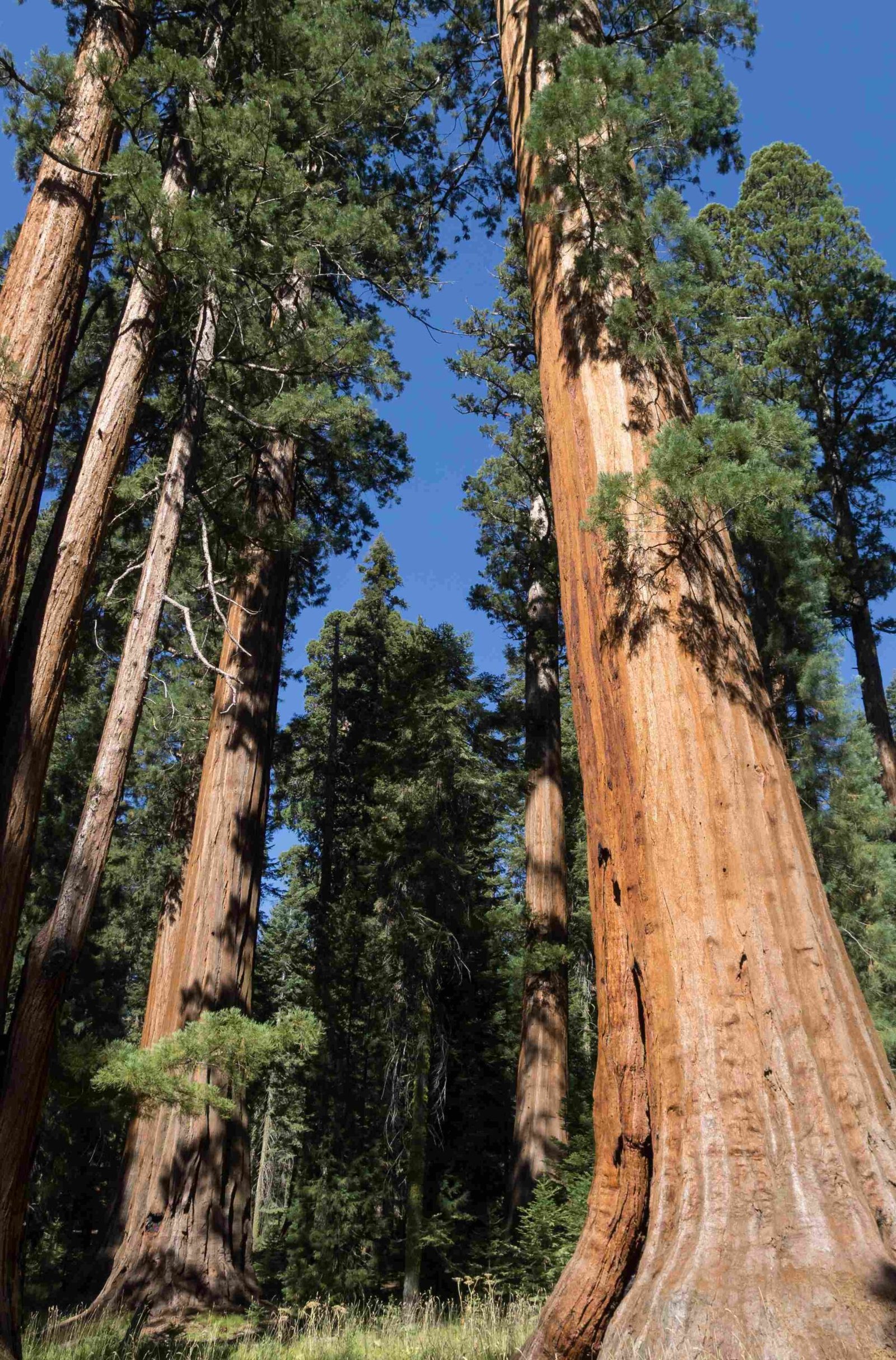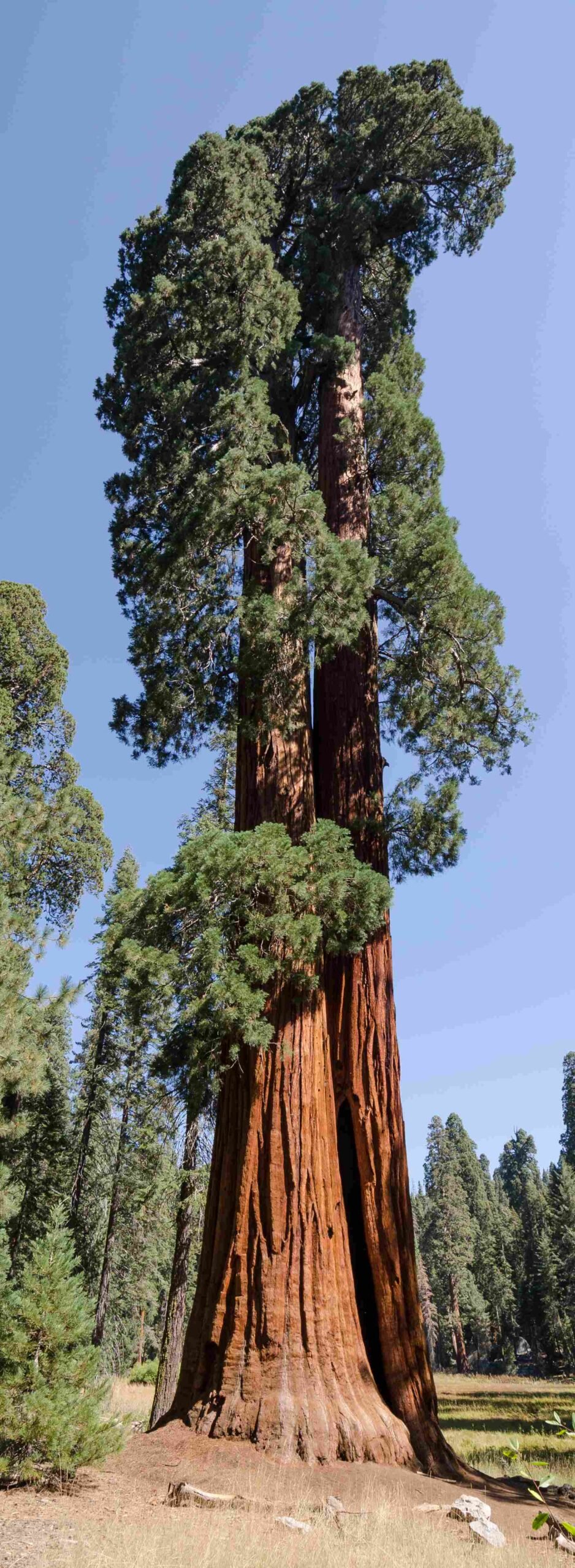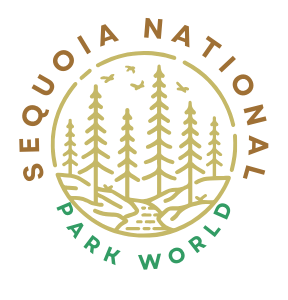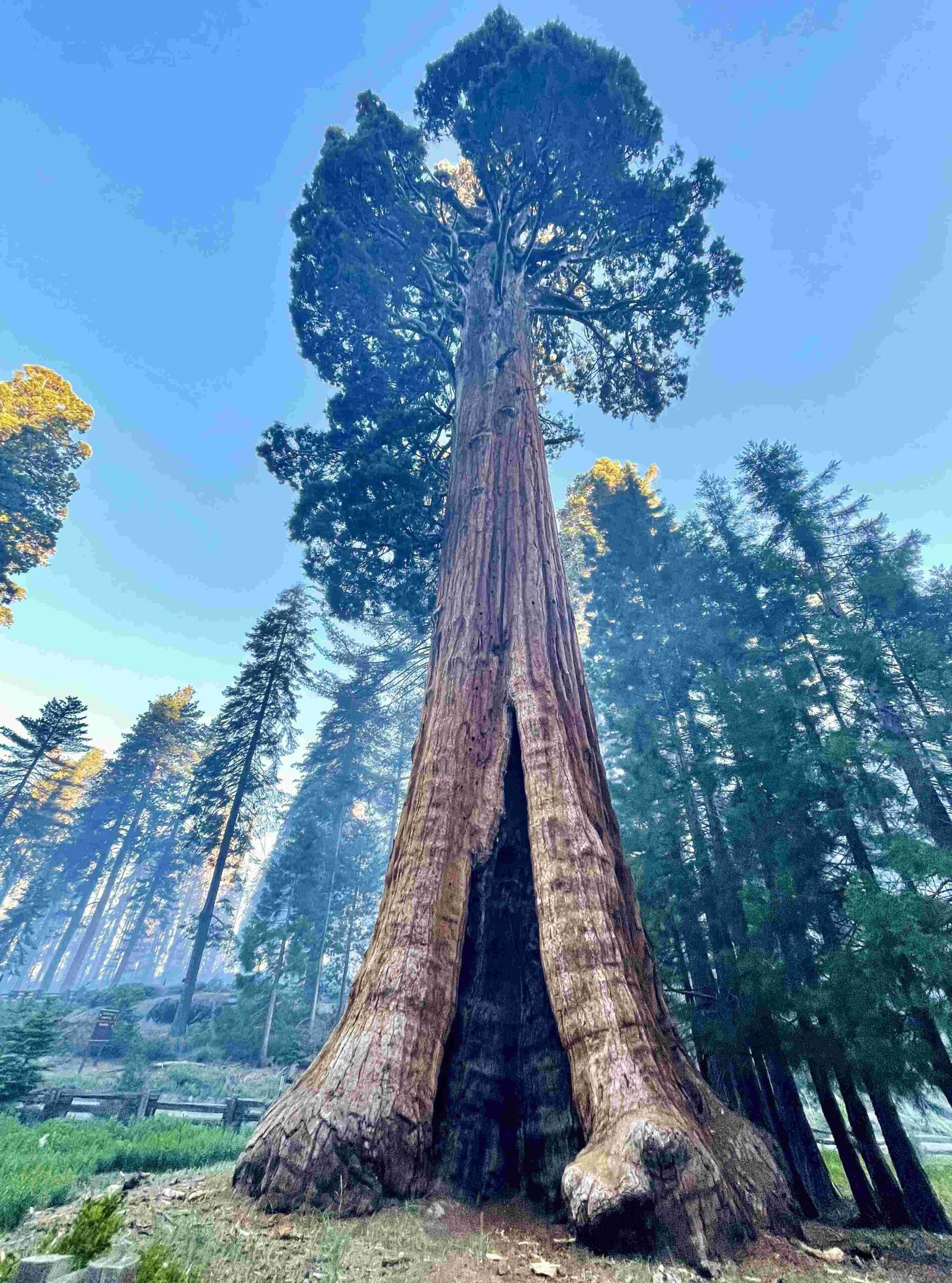Sequoia National Park, located approximately 250 miles north of El Monte, California, is a natural wonder renowned for its giant sequoia trees and diverse ecosystems. This guide provides essential information for travelers planning a trip from El Monte to Sequoia National Park, including driving directions, travel time, entrance fees, and popular hiking trails. Whether you’re a nature enthusiast or a casual visitor, this comprehensive overview will help you plan an unforgettable journey to one of America’s most iconic national parks.
What is the best route from El Monte to Sequoia National Park?

The most direct route from El Monte to Sequoia National Park involves a combination of interstate highways and state routes. Here’s a step-by-step guide:
- Start on I-10 E from El Monte
- Merge onto I-5 N towards Bakersfield/Fresno
- Continue on I-5 N for approximately 170 miles
- Take the exit for CA-99 N towards Bakersfield/Fresno
- Stay on CA-99 N for about 100 miles
- Exit onto CA-198 E towards Visalia
- Follow CA-198 E for around 45 miles until you reach the Ash Mountain Entrance of Sequoia National Park
This route covers a total distance of about 250 miles and takes you through various landscapes, from urban areas to agricultural lands, before reaching the foothills of the Sierra Nevada mountains.
How long does it take to drive from El Monte to Sequoia National Park?

The estimated travel time from El Monte to Sequoia National Park is approximately 4 hours under typical traffic conditions. However, several factors can affect your travel time:
- Traffic Variations: Expect heavier traffic during peak travel times such as weekends, holidays, and summer months. To avoid congestion, consider traveling early in the morning or late in the afternoon.
- Seasonal Conditions: During winter months, road conditions may be affected by snow, potentially requiring tire chains and significantly increasing travel time. Always check current road conditions before departing.
- Rest Stops: Factor in time for rest stops, fuel breaks, and possible detours along the way.
It’s advisable to allocate at least 5-6 hours for the journey to account for any unexpected delays and to ensure a more relaxed travel experience.
What are the entrance fees for Sequoia National Park?
Sequoia National Park charges entrance fees that vary based on the type of vehicle or method of entry. Here’s a breakdown of the current fees:
| Entry Type | Fee | Validity |
|---|---|---|
| Private Vehicle | $35 | 7 days |
| Individual/Bicycle | $20 | 7 days |
| Motorcycle | $30 | 7 days |
For those planning multiple visits or wanting to explore other national parks, consider these pass options:
- America the Beautiful Annual Pass: $80 (grants access to all national parks and federal recreational lands for one year)
- Senior Pass: $80 lifetime pass or $20 annual pass (for U.S. citizens or permanent residents 62 years or older)
- Access Pass: Free lifetime pass (for U.S. citizens or permanent residents with a permanent disability)
- Military Pass: Free annual pass (for current U.S. military members and their dependents)
Entrance fees can be paid with cash, credit cards, or through the purchase of an annual pass on the Recreation.gov website.
What are the must-see hiking trails in Sequoia National Park?
Sequoia National Park offers a variety of hiking trails suitable for different skill levels and interests. Here are some of the most popular trails:
Moro Rock Trail
- Length: 0.5 miles round trip
- Difficulty: Moderate
- Highlights:
- Panoramic views of the Giant Forest sequoia grove
- Steep stone stairway leading to the summit
- Spectacular vistas of the Great Western Divide
Congress Trail
- Length: 2 miles loop
- Difficulty: Easy
- Highlights:
- Paved trail through the heart of the Giant Forest
- Encounters with some of the world’s largest trees
- Includes the famous General Sherman tree, the largest tree on Earth by volume
Alta Peak Trail
- Length: 13 miles round trip
- Difficulty: Strenuous
- Highlights:
- Challenging hike with significant elevation gain
- Breathtaking views of the Great Western Divide and Kaweah Peaks
- Diverse ecosystems from sequoia groves to subalpine terrain
Remember to check trail conditions, carry plenty of water, and follow park regulations when hiking in Sequoia National Park.
What should I pack for a trip to Sequoia National Park from El Monte?
When preparing for your journey from El Monte to Sequoia National Park, consider packing the following essentials:
- Layered clothing (temperatures can vary significantly)
- Sturdy hiking boots
- Sun protection (hat, sunscreen, sunglasses)
- Insect repellent
- Plenty of water and snacks
- First aid kit
- Map and compass (or GPS device)
- Camera
- Binoculars for wildlife viewing
- Tire chains (if traveling in winter)
Additionally, it’s wise to bring any necessary medications, a flashlight or headlamp, and a portable charger for your electronic devices.
Are there any special considerations for visiting Sequoia National Park?
When planning your trip from El Monte to Sequoia National Park, keep these important points in mind:
- Altitude: The park ranges from 1,370 to 14,494 feet in elevation. Allow time to acclimate to prevent altitude sickness.
- Wildlife: Be aware of bear safety protocols and proper food storage techniques.
- Fire Restrictions: Check current fire regulations, as they may affect campfire and stove use.
- Cell Service: Limited or no cell phone coverage in many areas of the park.
- Reservations: During peak seasons, campground and lodging reservations are highly recommended.
- Leave No Trace: Practice responsible tourism by following Leave No Trace principles.
By considering these factors, you’ll be better prepared for a safe and enjoyable visit to Sequoia National Park.

